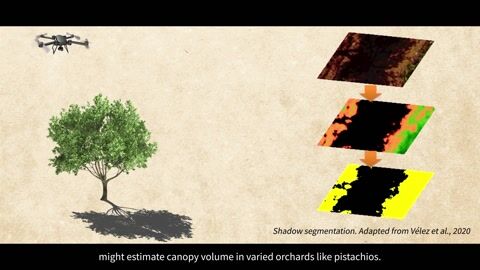- Subjects: Economics
- |
- Contributors:
- John Gibson ,
- Xiaoxuan Zhang ,
- Xiaoxuan Zhang
- nighttime lights
- luminosity
- economic activity
- China
- DMSP
- VIIRS
- Black Marble
- remote sensing
This video is adapted from 10.3390/rs14051282
The use of nighttime lights (NTL) data to proxy for local economic activity is well established in remote sensing and other disciplines. Validation studies comparing NTL data with traditional economic indicators, such as Gross Domestic Product (GDP), underpin this usage in applied studies. Yet the most widely cited validation studies do not use the latest NTL data products, may not distinguish between time-series and cross-sectional uses of NTL data, and usually are for aggregated units, such as nation-states or the first sub-national level, yet applied studies increasingly focus on smaller and lower-level spatial units. To provide more updated and disaggregated validation results, this study examines relationships between GDP and NTL data for 2657 county-level units in China, observed each year from 2012 to 2019. The NTL data used were from three sources: the Defense Meteorological Satellite Program (DMSP), whose time series was recently extended to 2019; and two sets of Visible Infrared Imaging Radiometer Suite (VIIRS) data products. The first set of VIIRS products is the recently released version 2 (V.2 VNL) annual composites, and the second is the NASA Black Marble annual composites. Contrasts were made between cross-sectional predictions for GDP differences between areas and time-series predictions of economic activity changes over time, and also considered different levels of spatial aggregation.






















